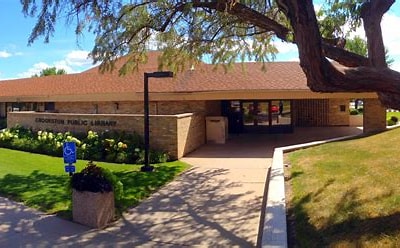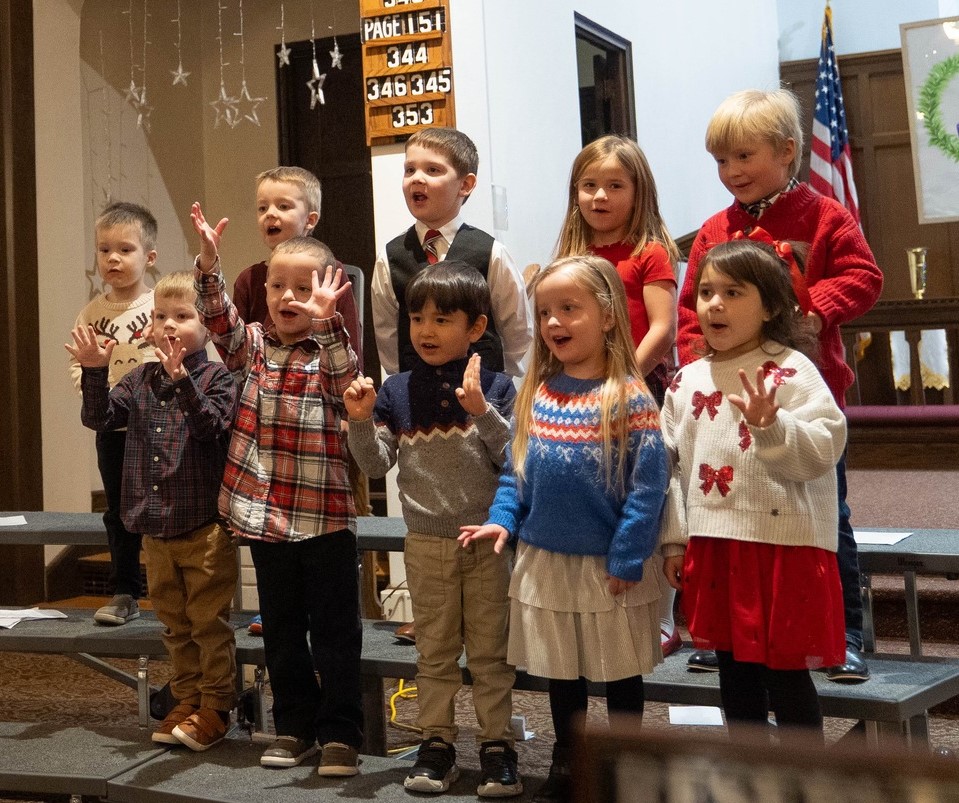D
The Minnesota Department of Natural Resources is asking hunters and other recreationists spending time outdoors this fall to report the locations of occupied bear dens they encounter in and around the Brainerd and Duluth areas. Bear researchers with the DNR and University of Minnesota Duluth hope to fit an additional number of bears with GPS tracking collars this winter.
“Getting a few bears collared in winter would really help these studies,” said Andrew Tri, Minnesota DNR bear project leader. “It would allow us to get a whole year of movement data, which we can’t do with bears that we catch and collar in mid-summer.”
The purpose of this research is to document bear movements on the landscape (both rural and urban) and assess the age of first reproduction in these two study areas.
Anyone finding a den in either area should obtain a GPS location (if possible) and call DNR bear research in Grand Rapids at 218-328-8879 or 218-328-8874.
The Minnesota DNR has had a decades-long study on bears collared in the Chippewa National Forest and at Camp Ripley Training Center to assess survival, reproduction and movement. Assessing the age of first reproduction is critical to keeping tabs on the bear population and effectively set harvest quotas.
“Bears can cause conflicts when they live near people, and collaring and tracking bears in the Duluth area will help us better understand how they are using the developed landscape,” said Michael Joyce, UMD wildlife ecologist. “Ultimately, we would like to use the information we gather to help reduce human-bear conflicts and promote coexistence.”
Bear research provides a better understanding of factors that cause populations to change, enabling the Minnesota DNR and partners to better manage and conserve this species.
Separate from the bear den study, the Minnesota DNR also has an online tool that allows people to report bear sightings. The bear sightings tool and more about bear management in Minnesota are available on the Minnesota DNR website (mndnr.gov/bear).





